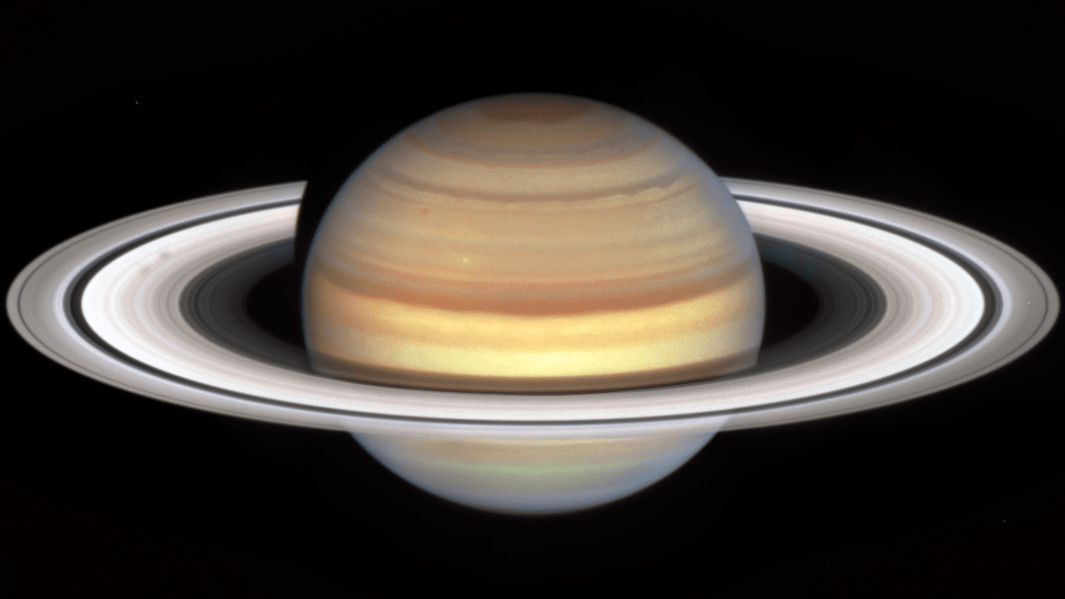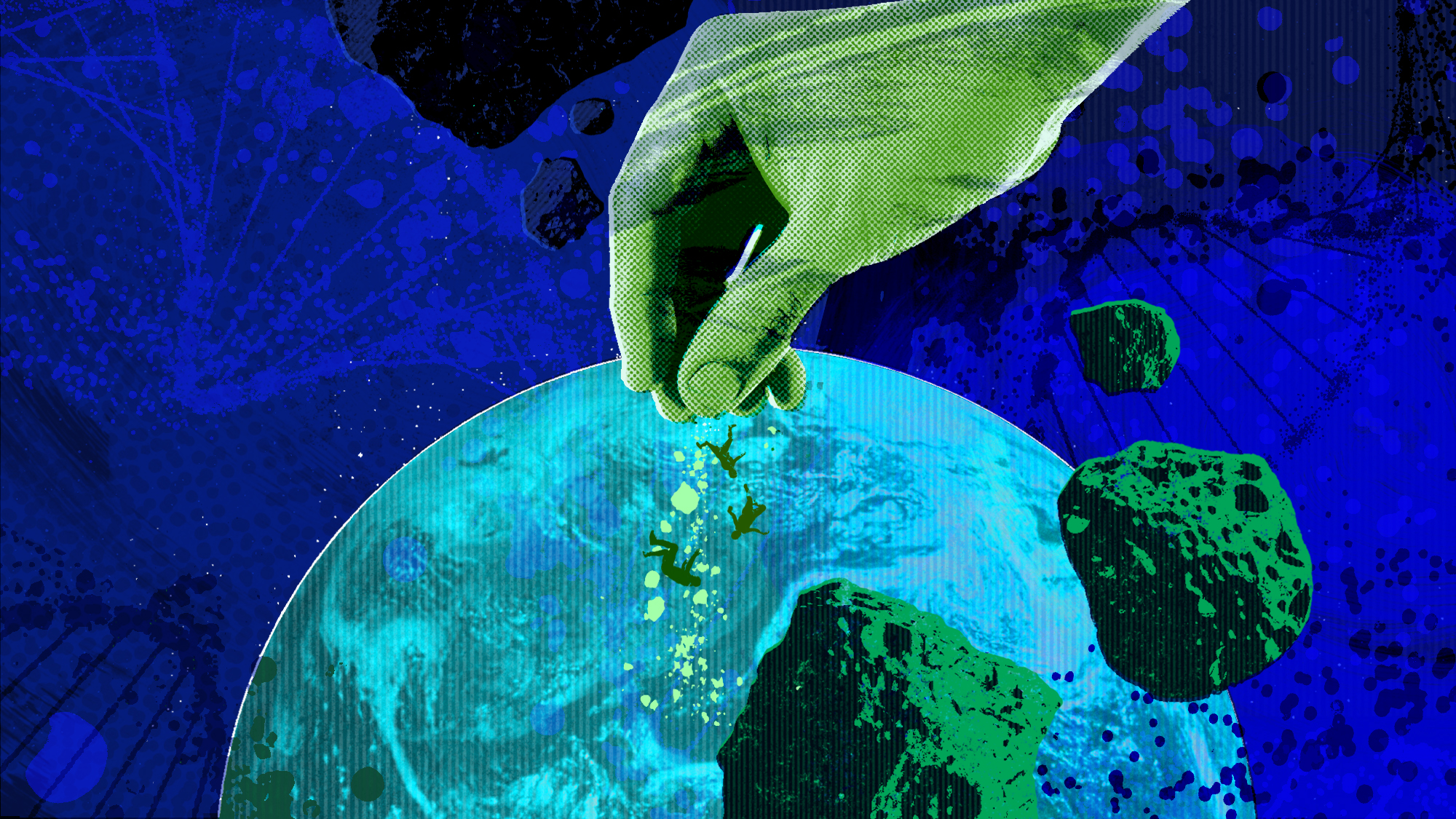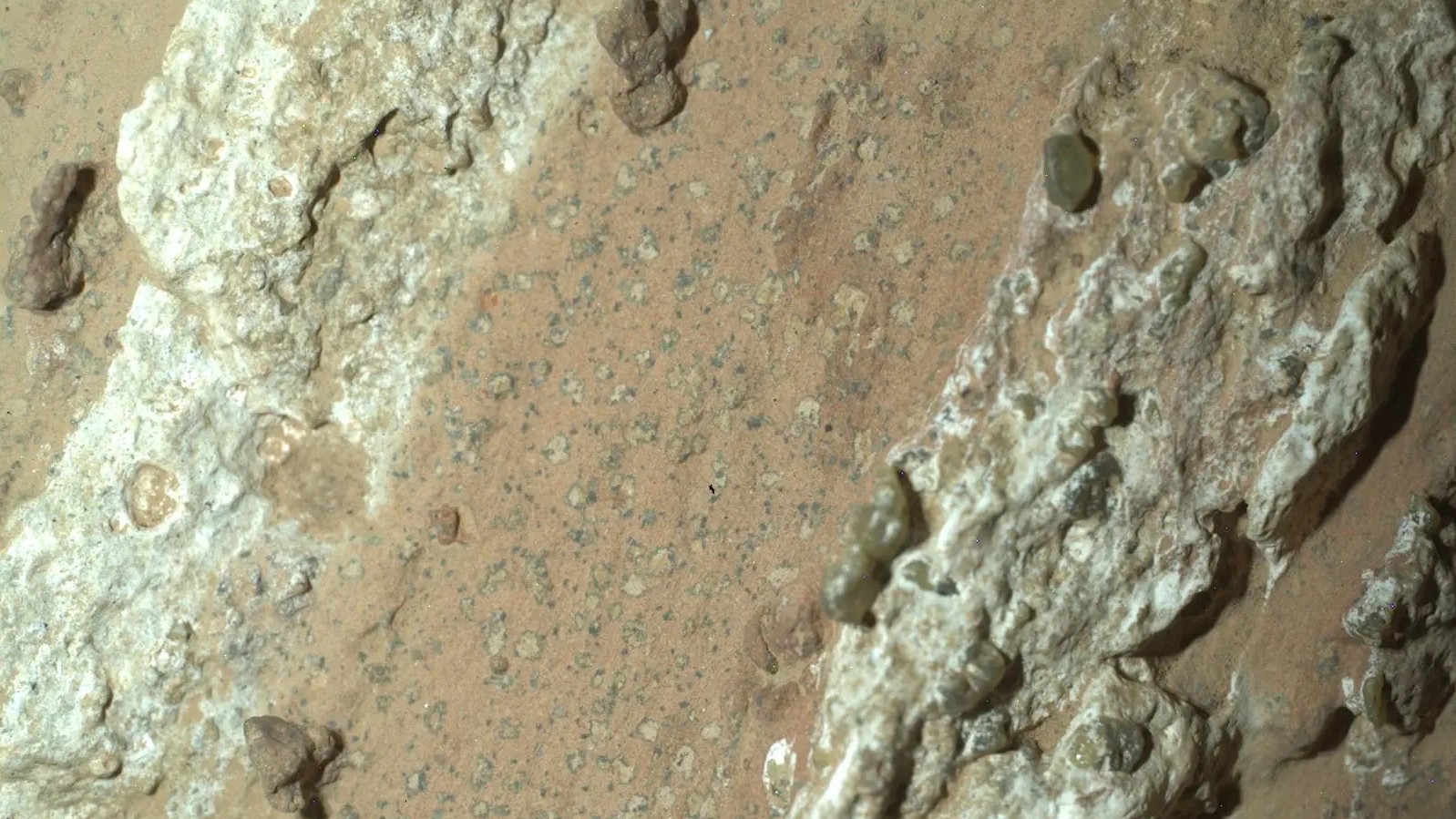Hubble Space Telescope captures 'spokes' moving across Saturn's rings

NASA's Hubble Space Telescope has captured "spokes" moving across Saturn's rings, a phenomenon that indicates the start of the planet's autumnal equinox in its northern hemisphere, CNN reports. The equinox will occur on May 6, 2025.

The reason for the spokes has yet to be discovered, however the "suspected culprit for the spokes is the planet's variable magnetic field," according to NASA. "Planetary magnetic fields interact with the solar wind, creating an electrically charged environment." The space agency compares the phenomenon to the northern lights on Earth.
NASA is hoping that Hubble's new data will either confirm or deny this theory based on the previous data from Voyager and Cassini, which was a designated Saturn probe. "Despite years of excellent observations by the Cassini mission, the precise beginning and duration of the spoke season is still unpredictable, rather like predicting the first storm during hurricane season," explained Amy Simon, a senior planetary scientist at NASA.
The Week
Escape your echo chamber. Get the facts behind the news, plus analysis from multiple perspectives.

Sign up for The Week's Free Newsletters
From our morning news briefing to a weekly Good News Newsletter, get the best of The Week delivered directly to your inbox.
From our morning news briefing to a weekly Good News Newsletter, get the best of The Week delivered directly to your inbox.
The spokes were last seen in the 2000s. Like Earth, Saturn also experiences seasons, however since Saturn's orbit is much longer than Earth's, each season lasts around seven years. The spokes appear as the planet gets close to its equinox where the rings are tilted toward the sun. The spokes disappear near Saturn's summer or winter solstice.
NASA also explains that while the phenomenon could also occur on other ringed planets like Uranus and Neptune, it has only been observed on Saturn so far. "It's a fascinating magic trick of nature we only see on Saturn — for now at least," remarked Simon.
A free daily email with the biggest news stories of the day – and the best features from TheWeek.com
Devika Rao has worked as a staff writer at The Week since 2022, covering science, the environment, climate and business. She previously worked as a policy associate for a nonprofit organization advocating for environmental action from a business perspective.
-
 Farage’s £9m windfall: will it smooth his path to power?
Farage’s £9m windfall: will it smooth his path to power?In Depth The record donation has come amidst rumours of collaboration with the Conservatives and allegations of racism in Farage's school days
-
 The issue dividing Israel: ultra-Orthodox draft dodgers
The issue dividing Israel: ultra-Orthodox draft dodgersIn the Spotlight A new bill has solidified the community’s ‘draft evasion’ stance, with this issue becoming the country’s ‘greatest internal security threat’
-
 Sudoku hard: December 13, 2025
Sudoku hard: December 13, 2025The daily hard sudoku puzzle from The Week
-
 Blue Origin launches Mars probes in NASA debut
Blue Origin launches Mars probes in NASA debutSpeed Read The New Glenn rocket is carrying small twin spacecraft toward Mars as part of NASA’s Escapade mission
-
 ‘The Big Crunch’: why science is divided over the future of the universe
‘The Big Crunch’: why science is divided over the future of the universeThe Explainer New study upends the prevailing theory about dark matter and says it is weakening
-
 Dinosaurs were thriving before asteroid, study finds
Dinosaurs were thriving before asteroid, study findsSpeed Read The dinosaurs would not have gone extinct if not for the asteroid
-
 The moon is rusting
The moon is rustingUnder the radar The Earth is likely to blame
-
 Panspermia: the theory that life was sent to Earth by aliens
Panspermia: the theory that life was sent to Earth by aliensUnder The Radar New findings have resurfaced an old, controversial idea
-
 Africa could become the next frontier for space programs
Africa could become the next frontier for space programsThe Explainer China and the US are both working on space applications for Africa
-
 NASA reveals ‘clearest sign of life’ on Mars yet
NASA reveals ‘clearest sign of life’ on Mars yetSpeed Read The evidence came in the form of a rock sample collected on the planet
-
 SpaceX breaks Starship losing streak in 10th test
SpaceX breaks Starship losing streak in 10th testspeed read The Starship rocket's test flight was largely successful, deploying eight dummy satellites during its hour in space
